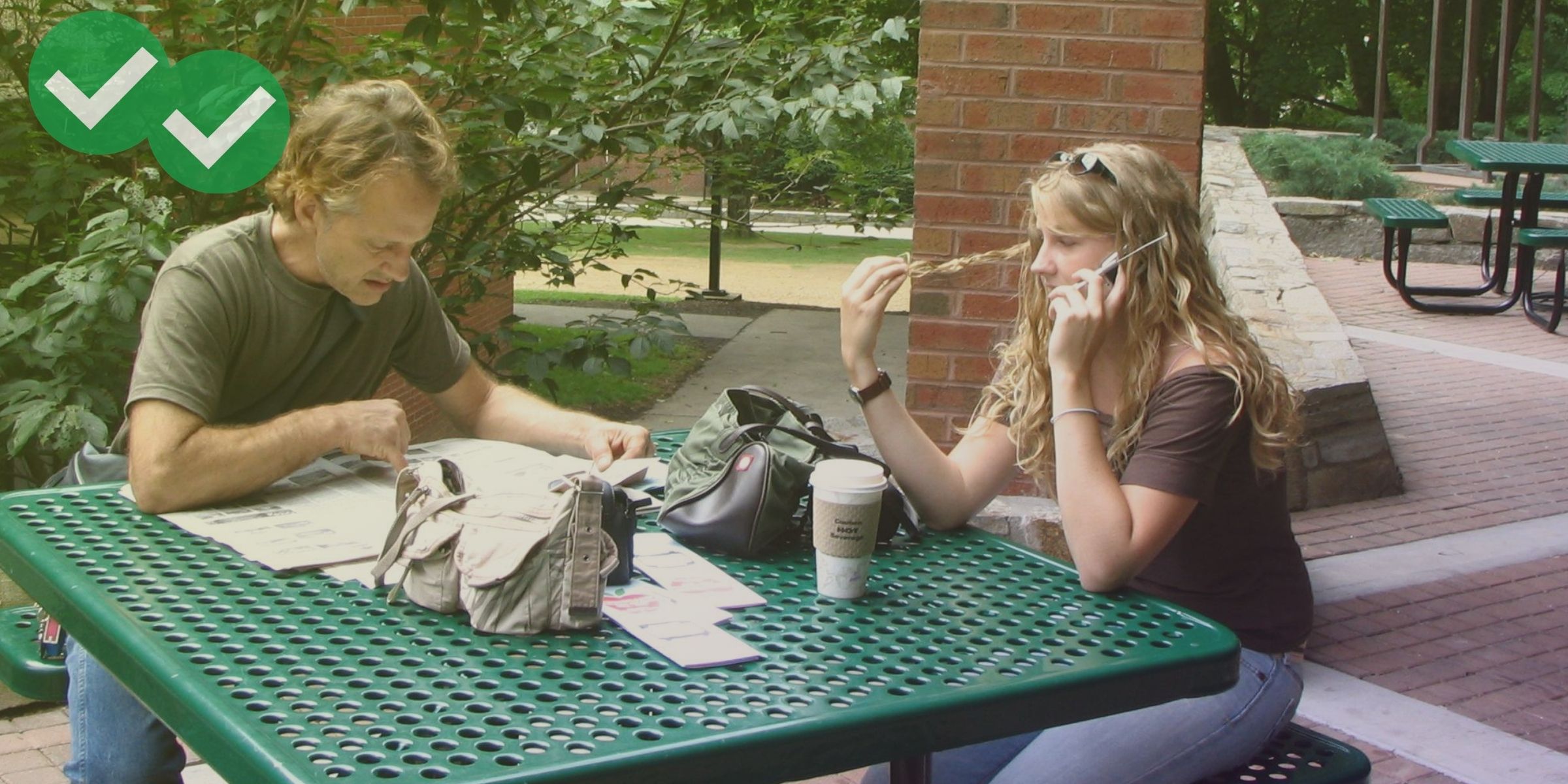TOEFL students, I apologize: this week, my lesson isn’t really for you. It’s for your teachers. Specifically, I’m writing for the teachers who are just starting to teach the TOEFL and don’t know how to approach the speaking section.
Yeah, I know it’s not easy, especially as you’re just getting into teaching the TOEFL, since you have to think about both how to teach the test itself and how to improve students’ general English skills.
So some of the below really applies to teaching English speaking in general—especially this first point.
Pronunciation
Let me say one thing unequivocally clear:
Pronunciation is massively important, and few teachers focus on it enough.
I want to start throwing expletives in there just to make it read with the intensity I feel about this. I actually don’t think that came out clearly enough in the youtube video above, so if you’re reading this, just imagine I waved my arms around a bit more while talking about this part.
The reason it’s so important is that bad pronunciation can make otherwise spotless English completely unintelligible. Think about it: when you hear a student say “Hi, how are you?” with a nearly perfect American accent, what do you assume their level is? Even if they only say the most basic English phrase, a student’s pronunciation is a very strong factor in how we evaluate their ability. A student who gives a very poor answer to a speaking task with fluid, natural pronunciation will get a high score. I know this is true because I’ve done it before.
The problem is that pronunciation is notoriously difficult to teach, and for that matter, to learn. A pro pronunciation teacher wouldn’t be a TOEFL teacher at all—they’d be a speech therapist. I’m no speech therapist, and I imagine you’re not either, so that puts us in a tight place.
And I’m afraid I have to cop out a bit, here. I don’t have enough space to detail how, exactly, to teach pronunciation. But the important message here is simple: don’t neglect it.
Content
When I say content, I mean pretty much everything the student says, as opposed to how they say it. This includes both their grammar and vocabulary.
The advice here is also pretty simple, but it’s extremely important. No matter what type of lessons you’re teaching, from large, mixed-first-language classes to one-on-one tutoring, we have to correct our students constantly. In a sense, that’s the very core of our job. And in speaking, if you don’t make those corrections, students cement bad habits awfully quickly.
Take, for example, the business English student I had in 2010 who used the progressive tenses in every single sentence. She spoke at a machine-gun pace, and was otherwise very easy to understand, but years of making mistakes with the progressive tenses had calcified into a habit that she couldn’t even hear anymore. She had no idea she was making constant mistakes.
It took me months of lessons with her before she even started catching herself. I had to butt in every few moments and ask her to repeat herself (she was good humored about it, considering how frequent the interruptions were). I never did hear her get over the habit entirely, nor am I sure she ever would. But even to get her back on the right track, after her mistakes had been ignored for so long, took weeks of effort.
Don’t let your students get to that point. It’s not rude to correct a student, so don’t let them make mistakes—especially not if you hear them making the same mistake repeatedly.
Structure
Here is where the world of the TOEFL really starts to invade your lessons. We don’t think that much about structuring our speech in normal conversation, but it’s really the most important aspect of TOEFL training. If you browse around for TOEFL-specific speaking advice online, via video or text, you’ll find the same type of guidance again and again: direction on how students should plan and organize their answers. Although organization isn’t the meat-and-potatoes of a good response, it’s the most commonly applicable way to bring a student up a few points. And going from a 23 to a 27, say, can be the difference between getting that TA position or not.
What this means in practice is that you’ll want to know exactly how long students should spend on each part of each task—how much time they should devote to explaining the text in task 3, for example, or how much time to spend on supporting details in Task 1. Transition words and phrases are also key for this, since they guide students through the logic of their answers.
This helps so much because it makes the main points clearer. A response that bounces back and forth between points will be inherently harder to follow than a response with a clear structure. It may sound a bit stilted and awkward, especially if not done well, but a well organized answer will always communicate more clearly than an unorganized one. And when it comes to TOEFL speaking, communication is the name of the game.
Recording
Oh, and one more thing. Record your students as much as possible.
Record them, have them record themselves, listen to their recordings, and have them listen to their own recordings. This is an effective tool for all of the above, including pronunciation, content, and structure.
That’s not to mention the fact that students will be recorded on the TOEFL itself. Any experience that can build confidence and comfort is good experience. By getting used to the mic, students open up for themselves the opportunity to speak at a more natural speed, more fluidly, and more lucidly.
So if you’re doing short answer-tasks, record them. It’s not fun to listen to ourselves, but we get used to it in time, and we can learn a lot from hearing what we sound like to the rest of the world.






Leave a Reply